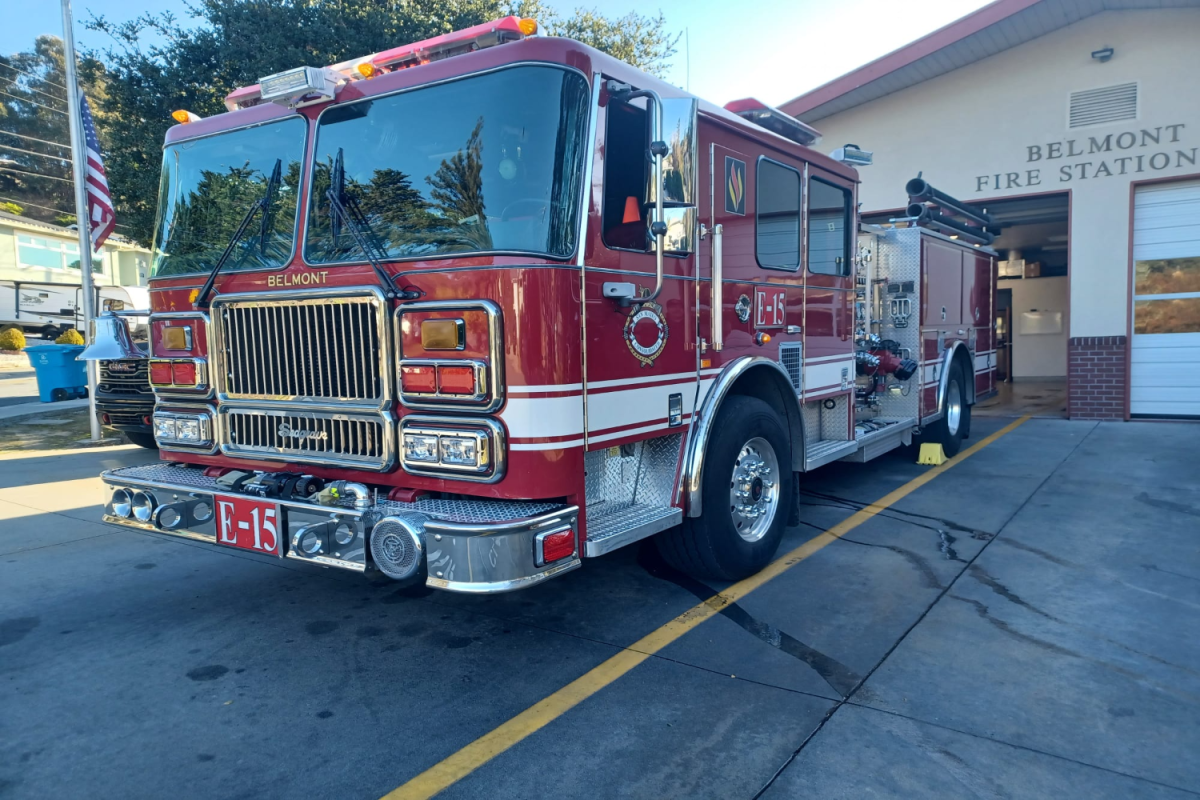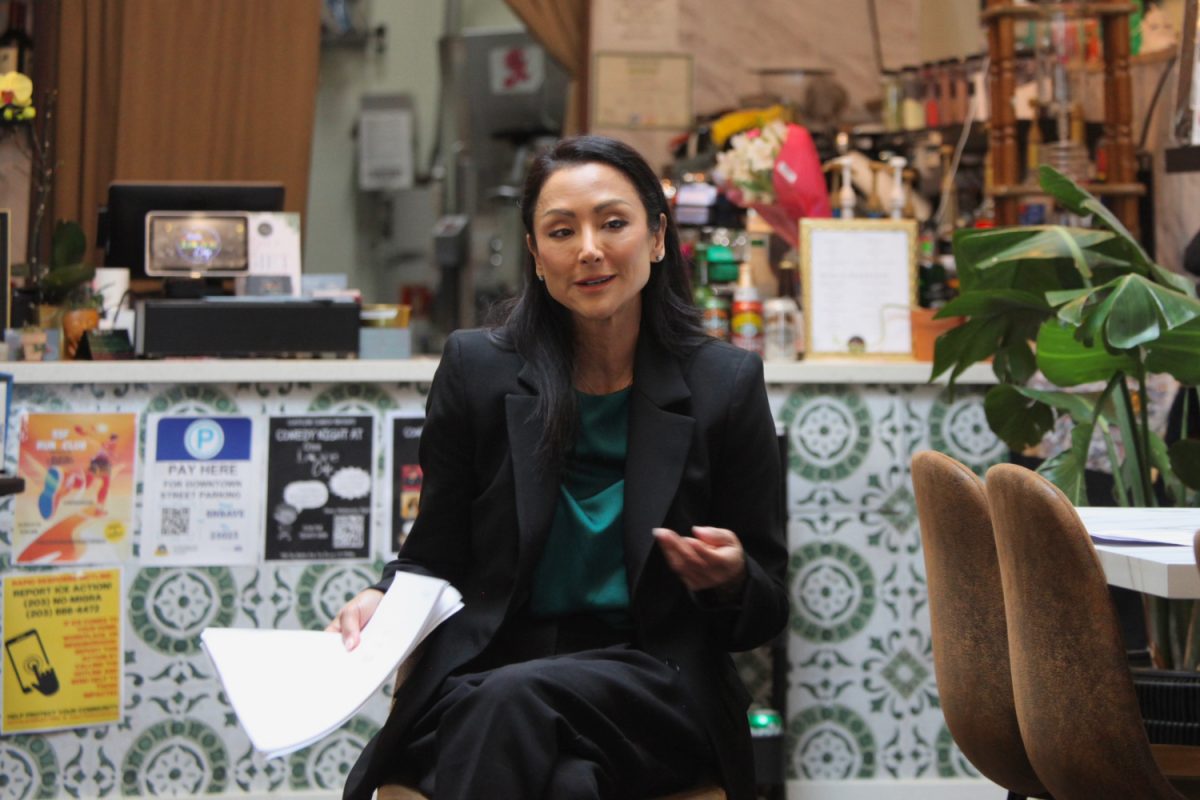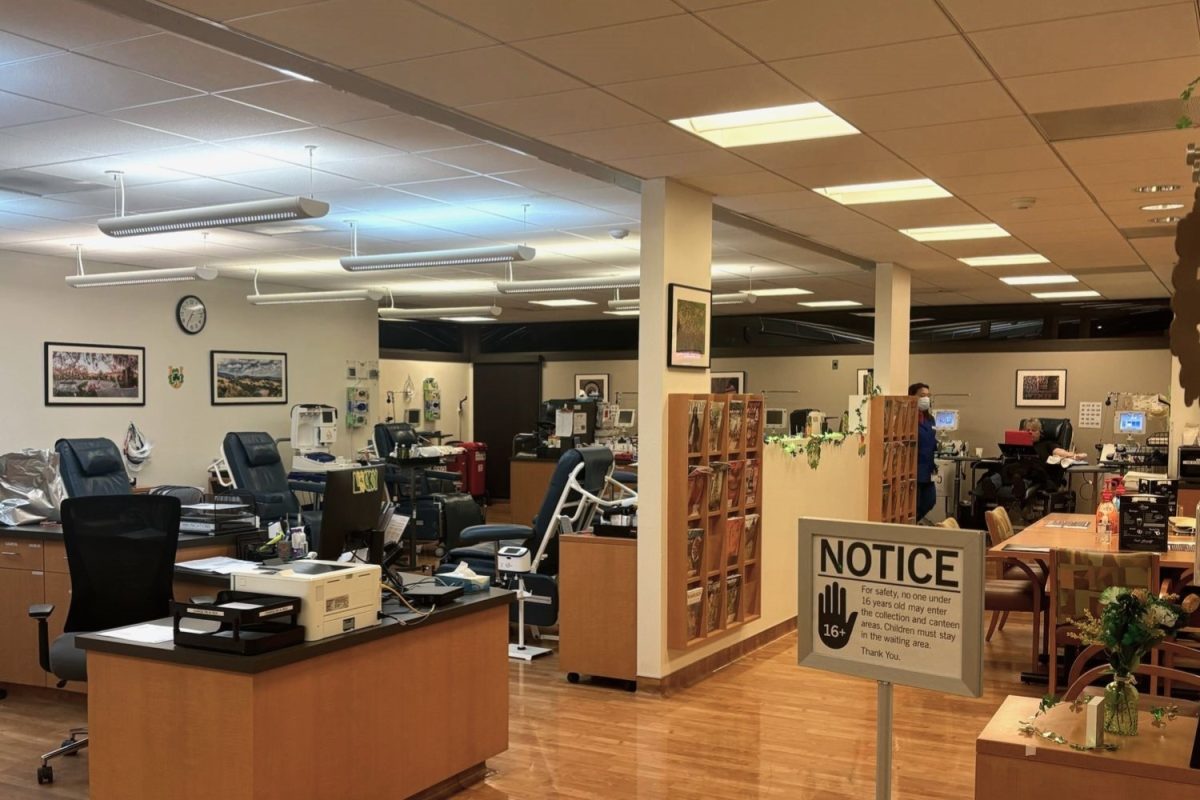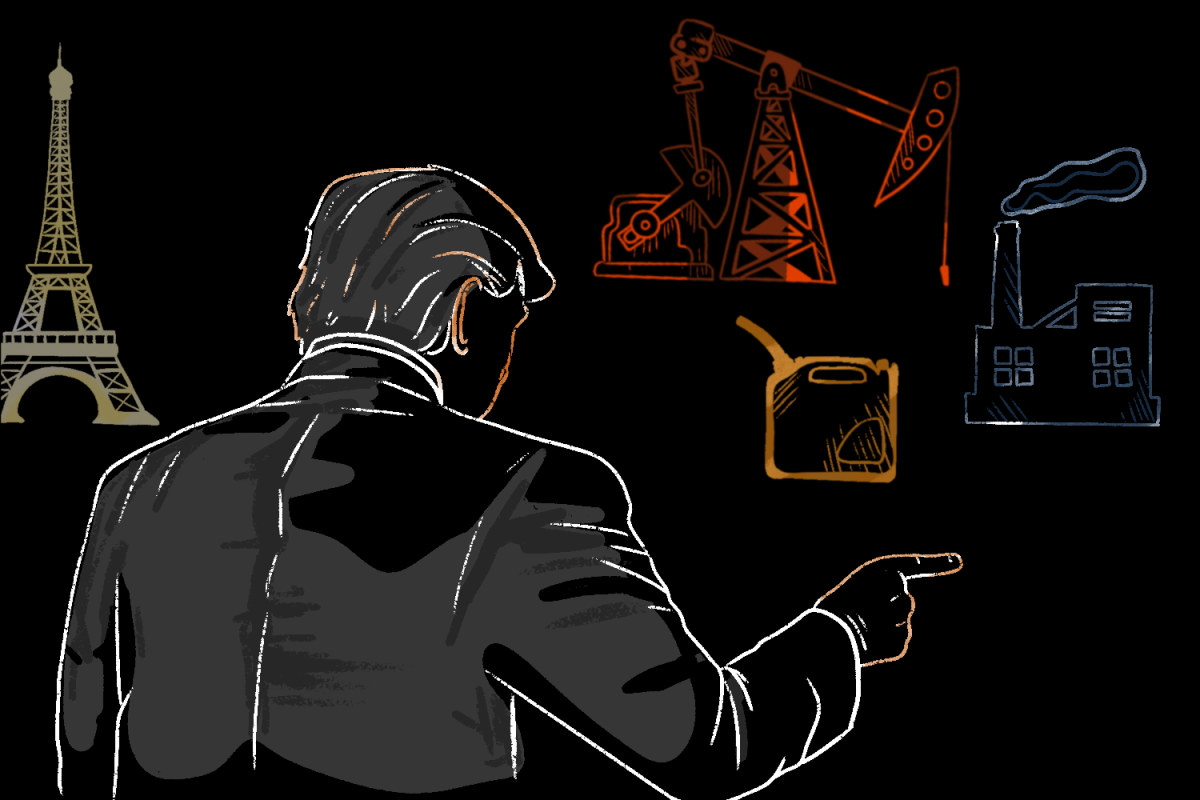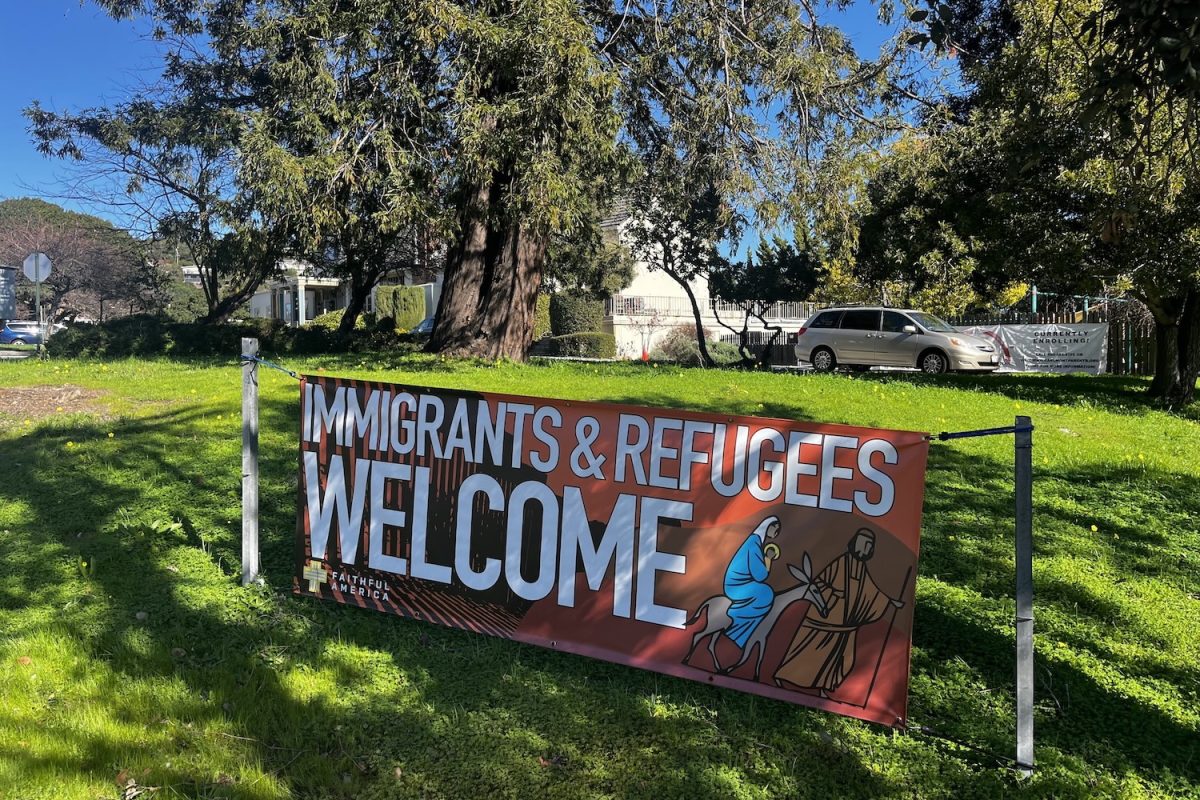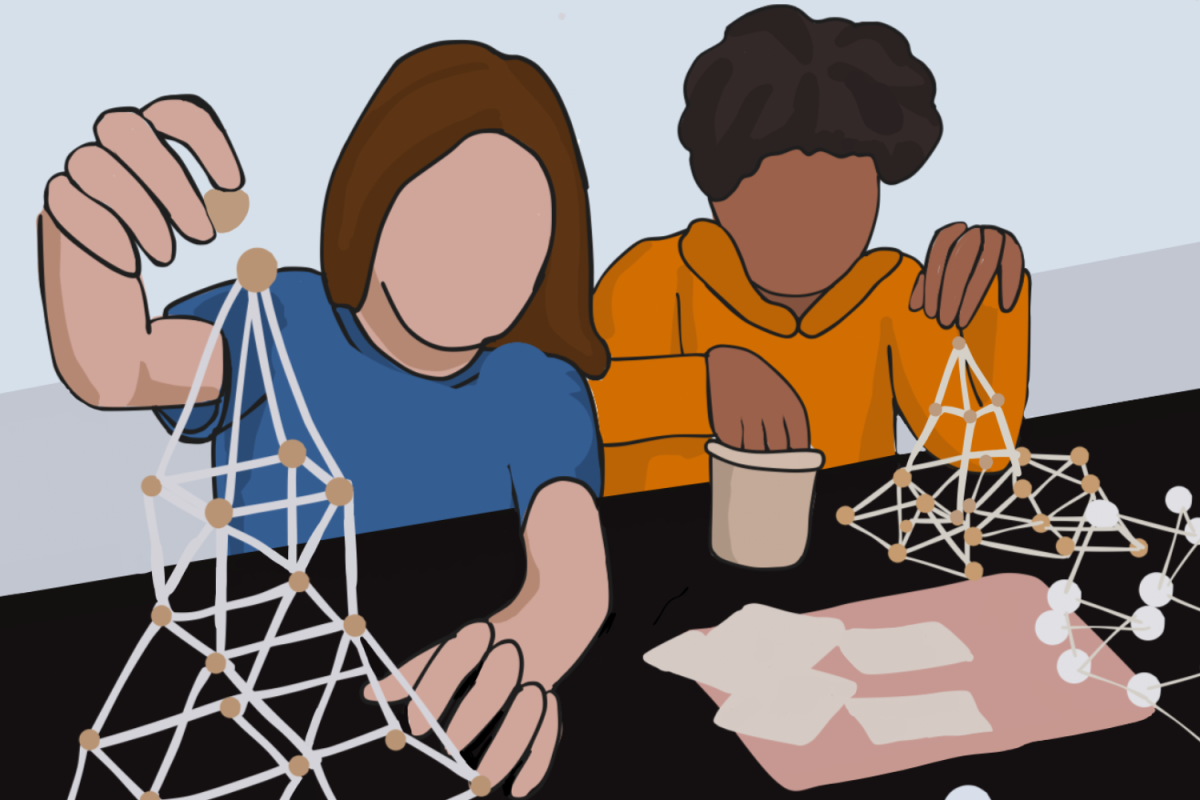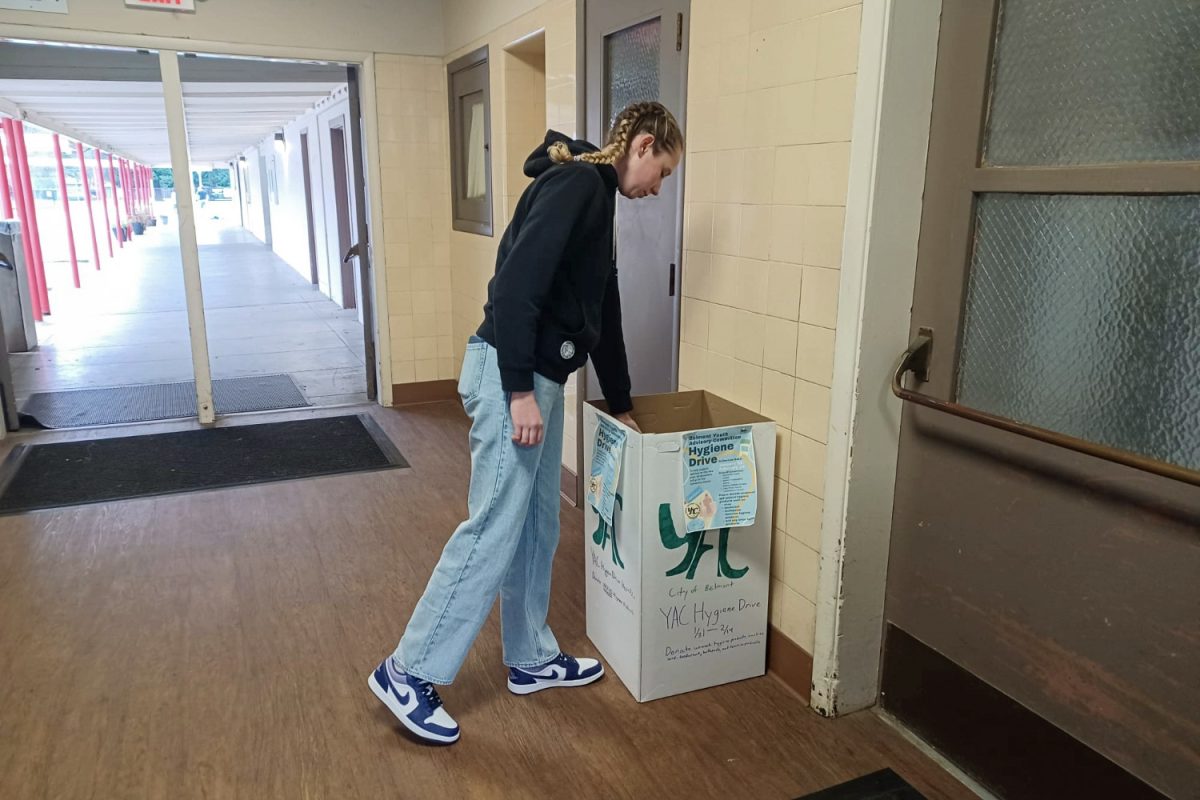The Los Angeles wildfires have burned almost 40,000 acres of land, leaving behind destruction and a lasting impact on people and the environment.
Los Angeles County has two central fires burning: the Palisades Fire and the Eaton Fire. Despite being mostly contained, firefighters are still working to extinguish the flames completely, and the devastation left behind cannot be undone. Houses have been burnt down, leaving behind blackened frames and smoke in the air. Ecosystems have been disrupted, and the health of people, animals, and plants has deteriorated.
According to a San Mateo Consolidated (SMC) Fire Department member, large fires such as these can weaken trees and cause wires and telephone poles to burn and fall, becoming hazardous. Also, churned-up soil can cause mudslides when there is heavy rain.
Nobody knows how these fires started, but the weather is a key factor in how they grew so big and fast. Los Angeles has prime weather conditions for fire danger, and until the strong winds die down or the area receives significant rain, the process of putting out the flames is slow.
A SMC firefighter says that the enormous wind events happening throughout California, combined with fuel from houses and the surrounding hills being super dry from lack of rain, make it so that any little spark will quickly grow a fire.
Besides burning down houses and other structures, fires also leave a lasting impression on the environment. These LA fires will have far-reaching effects, even going so far as to impact Bay Area communities. Small fires are necessary for nature, but large fires can be harmful.
Debolina Dutta, an AP Environmental Science teacher at Carlmont, discusses the benefits of fires.
“The ecosystem that is in a lot of Southern California, even actually around here, is called the chaparral ecosystem, and that requires intermittent fires. Not the crazy fire that happened in LA, but it does require some wildfire, as heat for the seed pods to open up and a lot of the plants are fire tolerant up to a certain degree,” Dutta said.
However, she also acknowledged the harm of the toxins produced by fires.
“All the stuff that burned released tons of toxic gasses, so now that’s in our atmosphere. A lot of that is heavy metals and a bunch of heavier compounds, which are going to fall into the oceans. This is going to cause further ocean acidification, pollution, and heavy metals in our aquatic ecosystem,” Dutta said.
Charlotte Pearson, a freshman with relatives in Los Angeles, worries about the health problems associated with these toxins and the smoke.
“I think it definitely affects universal health a lot because people can develop a bunch of breathing problems, and it is actually killing people. It’s also affecting the animals and anything that’s living there,” Pearson said.
The LA fires grew to be such a concern that firefighters were sent from other departments and areas to help out.
According to an SMC Fire Department member, the process of sending help, called mutual aid, allows the department to send some of its personnel to help other agencies. They sent three strike teams for the LA fires — 12 people total — for a 14-day deployment.
The department will continue the rotation, sending new teams every 14 days for as long as is needed.
Additionally, an SMC firefighter shared that the station will have openings when the department is 12 members short, but they will be backfilled by guys working overtime and extra days.
Over the past 10 years, more extensive and faster fires have been becoming more common, according to the firefighters. This is due to increasing dryness and the movement of people into mountains and more fire-risky areas. Drought adds to this danger as plants die and become dry fuel.
Belmont itself has the potential for wildfires due to the vegetation and hills. Still, it is not a massive worry because of the fog and low humidity, according to the SMC firefighters.
In the future, these fires will continue to be a concern throughout California. However, the Bay Area will experience different climate change concerns instead of wildfires.
“We’re just going to see more extreme weather. So whether that’s extreme rain and intense El Niño years, or extreme dryness and fire,“ Dutta said.
However, Dutta also believes that it is vital for everyone to be aware of the dangers and threats of climate change that contribute to natural disasters such as these. She says that models from years ago predicted the exact climate data that came to be, but no move was made to prevent it because it seemed so impossible.
“My take-home message is that everyone, whether you are studying science or not, does work to impact climate change positively because the scientists have known all this stuff, but we need everyone to spread the word,“ Dutta said.

